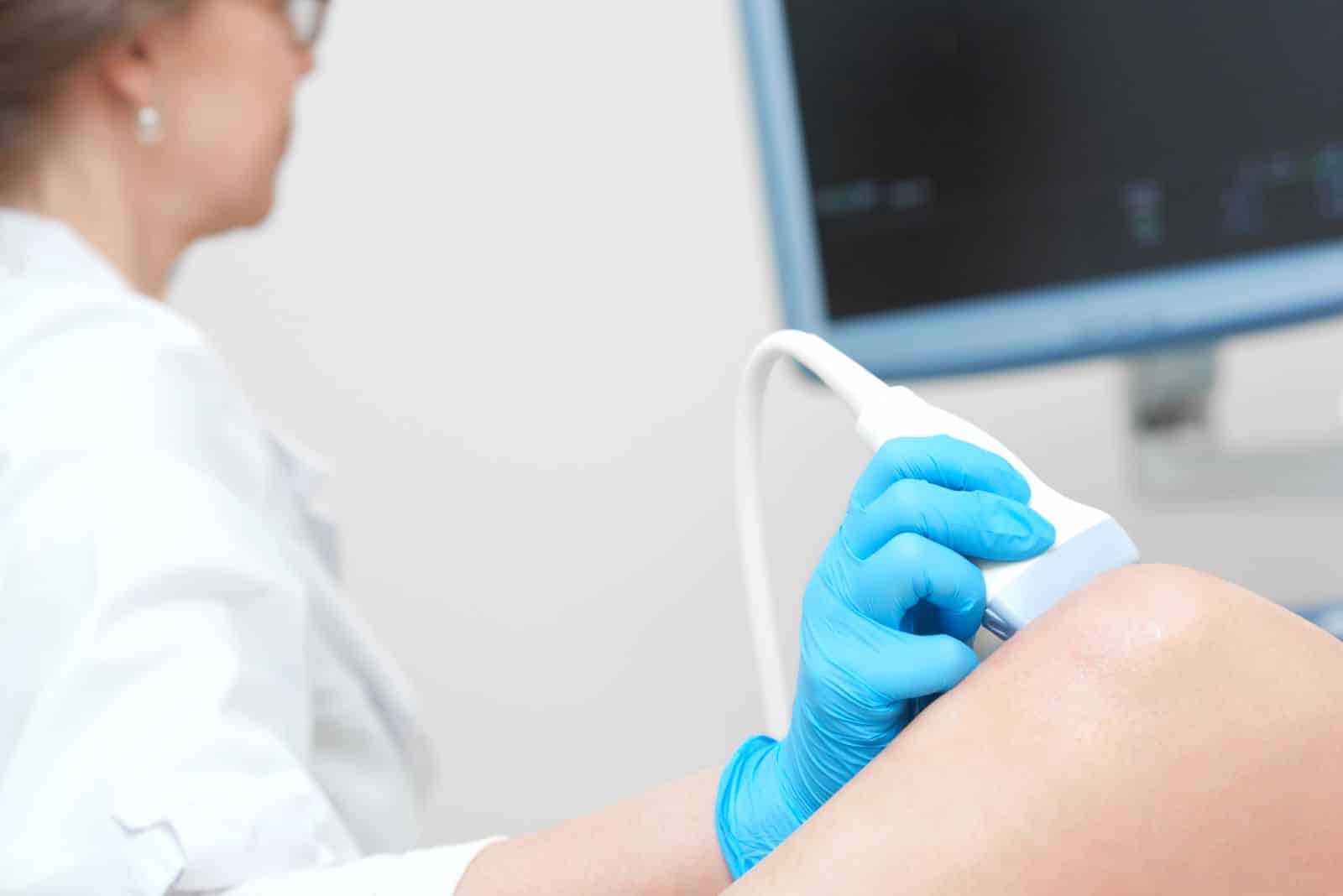
When you think of the words “imaging equipment,” you probably think of the machines used by hospital emergency rooms and urgent care centers—especially if you’ve ever accidentally broken a bone. The truth is that X-ray machines are just the start in medical imaging. A wide range of imaging equipment is used throughout different types of medical specialties.
Ever wondered how medical imaging equipment is used by various types of physicians? This article can give you more insight from the experts at Imperial Imaging.
Why Medical Imaging Is Important
Medical imaging is one of the most important tools healthcare providers use to diagnose and monitor medical conditions. X-rays, ultrasound, computerized tomography (CT) scans, magnetic resonance imaging (MRI), and other imaging give physicians the game-changing ability to see what is happening inside the human body.
Medical imaging equipment can even help detect medical issues early before a condition progresses. In many cases, diseases are more treatable when caught in the early stages. For example, mammograms for breast cancer screening. According to the American College of Radiology, mammography has helped reduce breast cancer mortality in the U.S. by nearly 40% since 1990.
Medical Specialties that Use Imaging Equipment
Nearly every type of medical specialty uses medical imaging equipment in some capacity. Without all the types of X-rays and scans available, medicine as we know it would not be what it is today.
Imagine getting into an accident and not having the ability to have an X-ray or ultrasound to confirm if an injured limb has a break or some other injury. You would likely experience more discomfort and challenges during recovery. That’s why X-rays, ultrasounds, and other types of imaging technology are critical to these medical specialties.
Podiatry
Podiatrists use imaging equipment to diagnose medical conditions of the ankle and foot. Types of imaging equipment like ultrasound, X-ray, MRI, and CT scans allow providers to get an inside view of the foot and ankle—both incredibly complex structures. The foot alone contains 33 joints, 26 bones, and over 100 muscles, tendons, and ligaments. Having every tool in the medical imaging equipment arsenal can help diagnose a number of medical conditions impacting this part of the human body.
Orthopedics
Orthopedic providers use medical imaging equipment to diagnose conditions impacting the musculoskeletal system, including the muscles, bones, ligaments, cartilage, tendons, and even nerves. Common types of imaging used in diagnostic orthopedics are ultrasound, X-ray, MRI, and CT scans. Images can reveal even minute details like a hairline fracture in a bone. In addition to diagnosis, doctors may use imaging after treatment to ensure an injury has properly healed.
Obstetrics
Obstetricians often use imaging equipment for regular monitoring of a fetus during pregnancy. An expecting mother may have many ultrasounds to monitor a baby’s health and development before birth. Obstetricians use medical imaging equipment like ultrasound and MRI because they are safe in pregnancy and do not use ionizing radiation, which can be harmful to a fetus.
Neurology
Neurologists use medical imaging equipment to investigate issues relating to the brain, spinal cord, and nervous system. The most common types of imaging include CT and MRI imaging. CT scans provide fast and non-invasive solutions and are able to detect issues such as bleeding, tumors, herniated discs, and brain damage that are caused by an injury. MRI scans are used to monitor degenerative disorders and identify inflammation and signs of stroke or seizure.
Dentistry
Dentists use imaging equipment to check your teeth for cavities or other problems. X-rays are also often a routine part of your dental checkup, even if you don’t have any dental problems or pain. Using medical imaging equipment during routine dental checkups help your dentist catch any early signs of problems.
Imaging Equipment From Imperial Imaging
Imperial Imaging offers a full range of medical imaging equipment solutions across medical specialties. Call 678-733-9990 to speak with an imaging expert.
American College of Radiology. Mammography Saves Lives. Accessed: May 18, 2023
